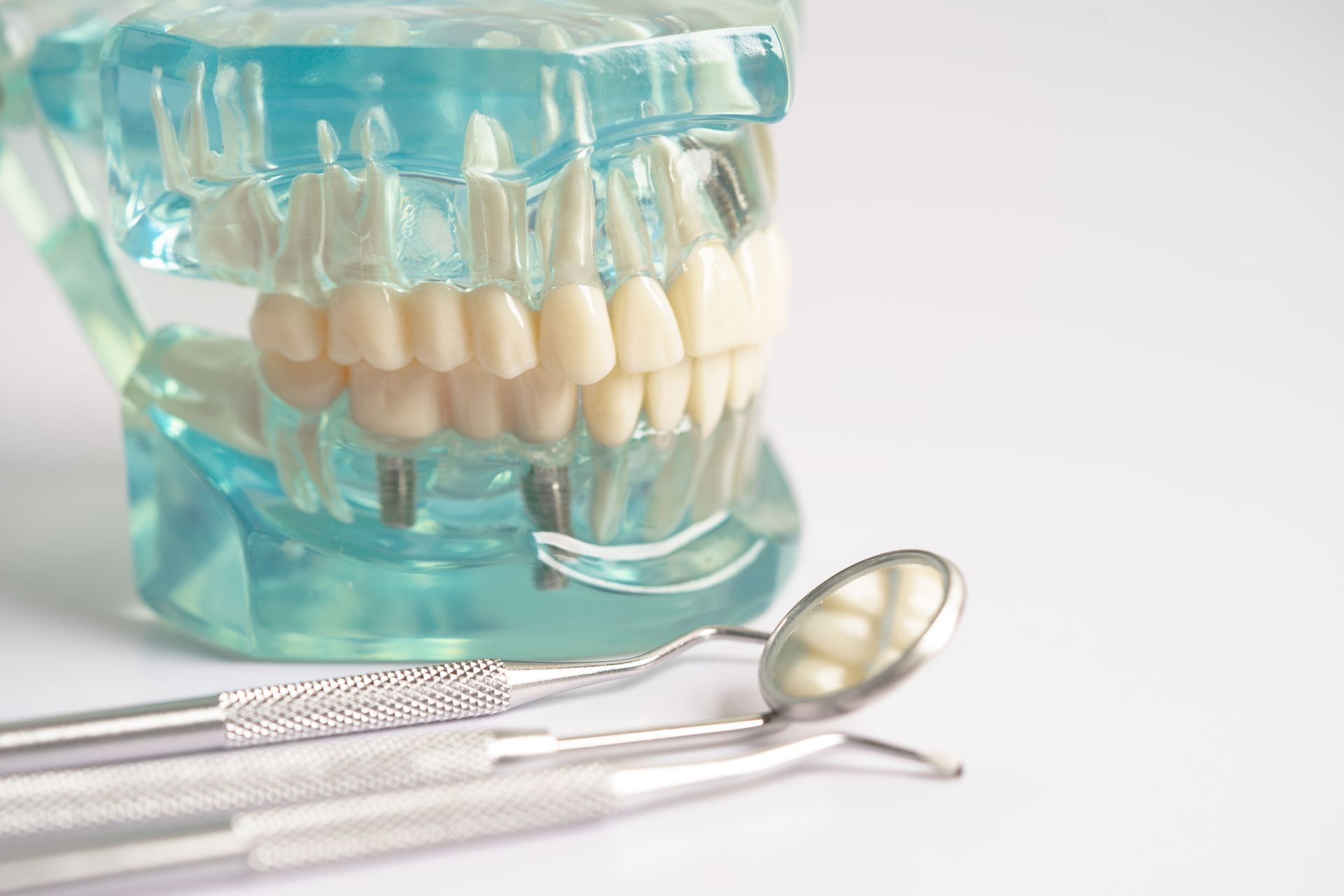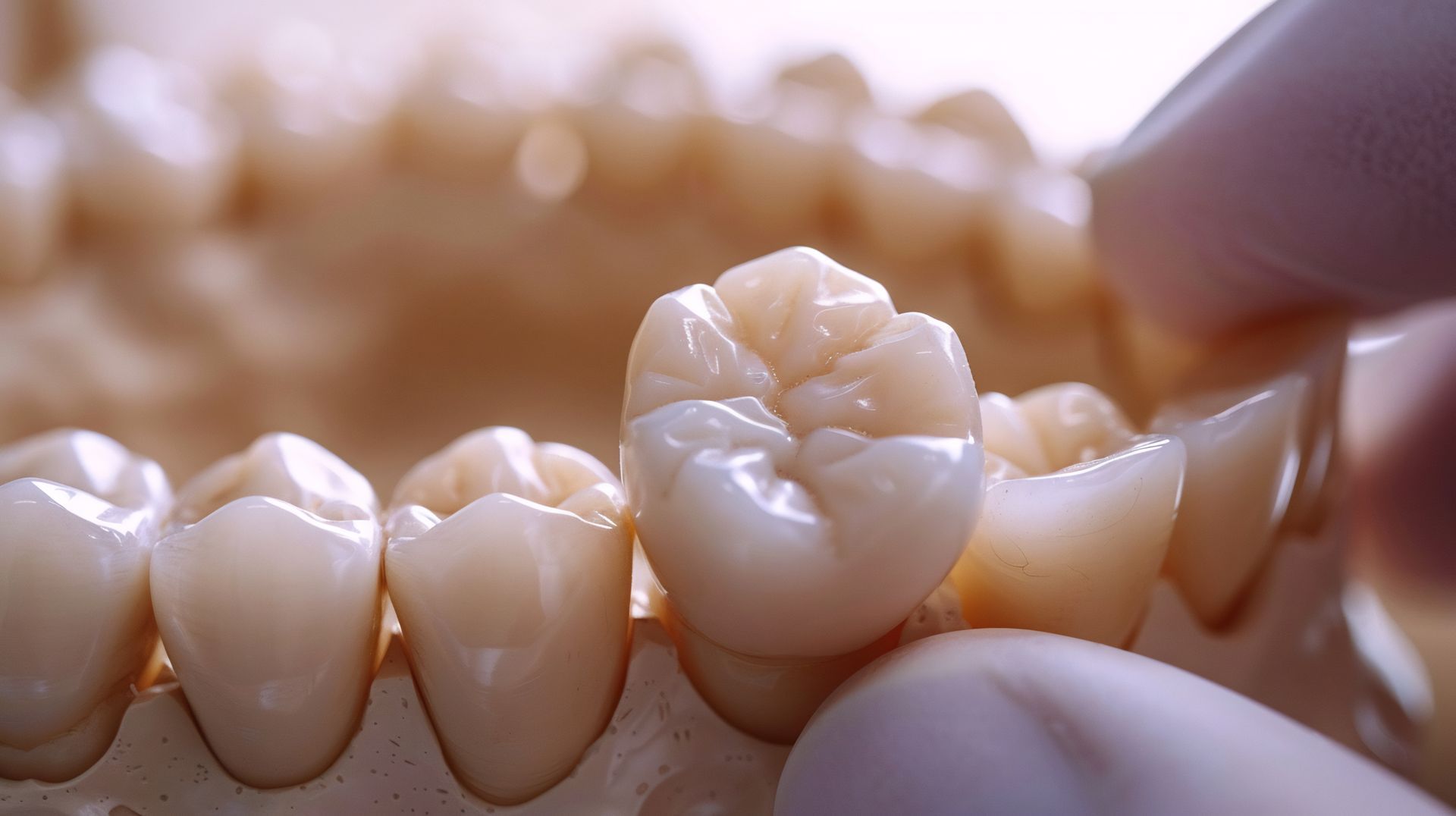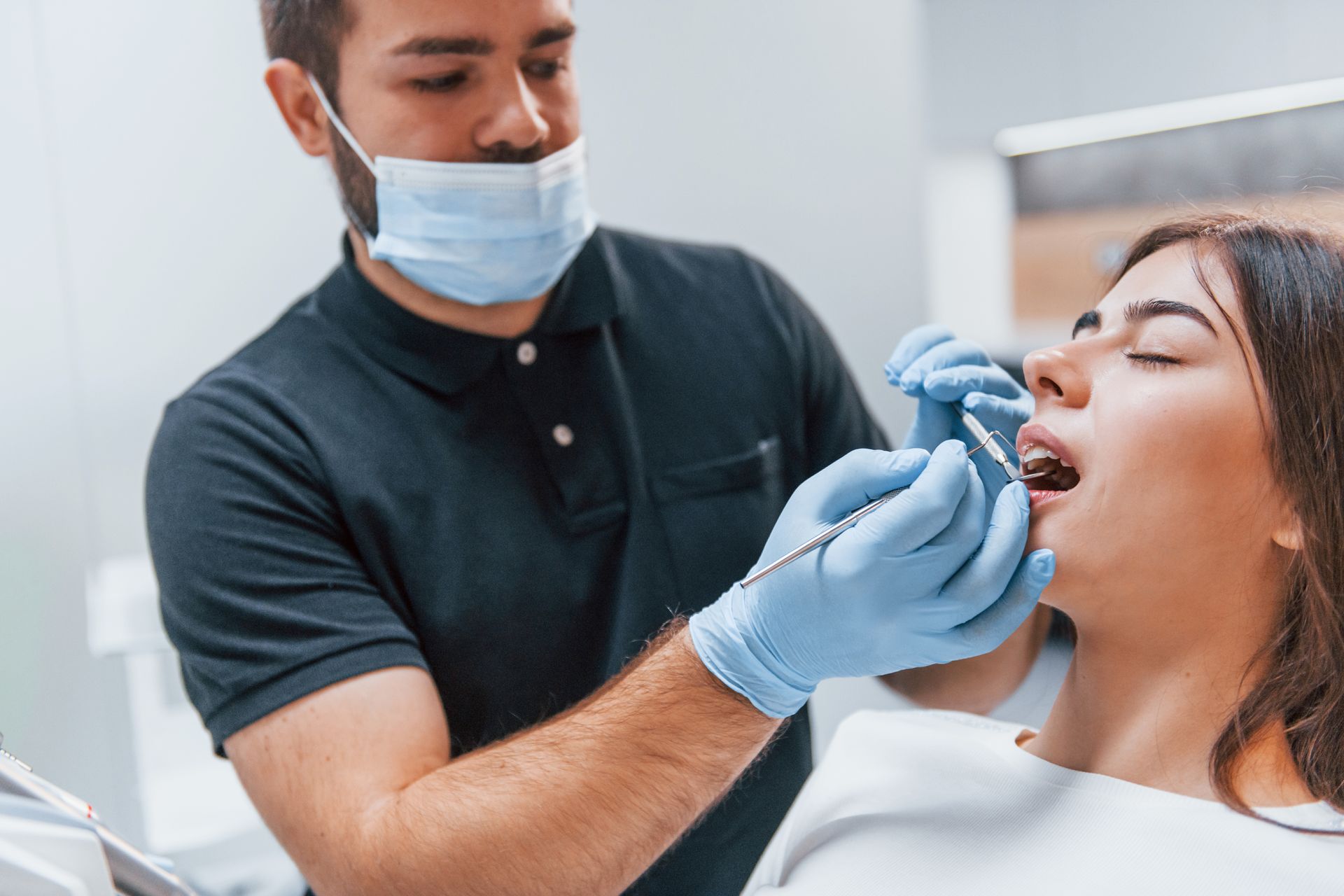Does a Sinus Lift Change Facial Appearance? Here's What to Expect

At West Valley Dental, our implant team performs sinus augmentation (also called a sinus cavity lift) using 3D imaging, gentle techniques, and evidence-based protocols. We've restored healthy smiles for many patients who lacked upper jaw bones for dental implants. In this guide, we share practical, straight-to-the-point answers so you know exactly how a sinus lift affects facial structure, appearance, and healing backed by our clinical experience and a commitment to your safety and comfort.
What Is a Sinus Lift and Why It's Done
Purpose of the Procedure
A sinus lift adds bone to the back part of your upper jaw (behind the premolars and molars). Over time, upper jaw bone loss can happen because of missing teeth, gum disease, or natural anatomy. The maxillary sinus often sits low in this area. By gently raising the sinus membrane (sinus membrane elevation) and placing bone graft material, we create enough bone volume for secure dental implant preparation.
Connection to Dental Implants and Bone Loss
Dental implants need a certain amount of dense bone to stay stable. If the sinus floor is too close to the jaw ridge or if bone has thinned implants may not be possible without a sinus augmentation. The lift restores the vertical bone height so implants can be placed safely, function well, and support your bite and smile long-term.

Common Concerns About Facial Appearance
Fears About Facial Changes After Surgery
A common question is, “Does a sinus lift change facial appearance?” The short answer: No, a properly performed sinus lift does not change the way your face looks. The procedure is done inside the mouth, behind the cheeks, and the goal is to create bone where your molar roots used to be, not to alter your outward features. Any visible change right after surgery is due to short-term swelling, not permanent reshaping of your face.
Role of Bone Volume in Facial Structure
Your overall facial profile is supported by many structures: cheekbones, jawbones, teeth, muscles, and soft tissue. The bone added during a sinus cavity lift is targeted to the upper back jaw, an area that doesn’t define your cheek contours the way the cheekbone (zygoma) does. While facial structure after bone graft can sound like a cosmetic issue, in this case the graft is functional designed to support implants so it doesn’t alter your natural facial lines.
What Actually Happens to Your Face After a Sinus Lift
Temporary Effects (Swelling and Bruising)
It’s normal to have temporary facial swelling and mild bruising on the cheek after surgery. This is part of the body’s healing response and varies from person to person. Swelling typically peaks within 48–72 hours and then decreases. Some people also notice a feeling of sinus fullness or pressure for a short time. These post-op facial changes are temporary and improve with cold compresses, sleep positioning (head elevated), and following your post-op instructions.
Long-Term Structural Impact
Long-term, the bone graft integration happens under the surface. As the graft heals and matures, it merges with your natural bone. This sinus lift healing process is internal and does not change your external appearance. Once healed, the added bone simply provides a stable foundation for an implant with no ongoing puffiness, no change in cheek shape, and no cosmetic distortion.
Can a Sinus Lift Improve Facial Appearance?
Restoring Lost Volume in the Upper Jaw
While a sinus lift itself is not a cosmetic surgery, it can help preserve your facial profile indirectly. Missing back teeth can contribute to bite collapse and gradual changes to facial support. By rebuilding the bone and replacing teeth with implants, we help maintain the height of your bite and the natural support of your mid-face over time.
Supporting a Natural Facial Profile with Implants
Dental implants stimulate bone and support the soft tissues of your cheeks and lips when paired with high-quality restorations. In that sense, the sinus lift is a key step that enables implants to support a natural facial profile and keep your smile and facial proportions looking balanced and healthy.
Recovery and Healing Process
How Long Does Swelling Last?
Most patients notice sinus lift swelling for a few days. It typically improves after day three and continues to resolve over one to two weeks. Gentle care, prescribed medications, and avoiding nose blowing or heavy lifting help reduce pressure in the area. If you experience unusual discomfort or swelling that worsens after the first few days, contact us so we can check in and keep you on track.
For patients with dental anxiety about the recovery process, we offer sedation options to help ensure your comfort throughout treatment.
When You Can Expect to Look “Normal” Again
For most people, the face looks “photo-ready” again within 7–10 days, often sooner. The sinus lift recovery timeline for internal healing (bone graft maturation) is longer. We allow several months for bone graft integration before placing implants, depending on your biology and the size of the graft. During this period, there are no visible cosmetic effects you should look like yourself.
Final Thoughts on Sinus Lifts and Appearance
- Straight answer: A sinus lift
does not change facial appearance long-term.
- Short-term effects: Expect temporary swelling or bruising that fades within days to a couple of weeks.
- Why it’s done: The goal is safe, stable
dental implant preparation not cosmetic alteration.
- Health and function first: By rebuilding bone where you need it, the procedure supports lasting oral health and helps maintain your natural facial support through well-placed implants.
- Our approach: We use 3D planning, gentle techniques, and clear instructions to reduce
sinus surgery cosmetic effects (like swelling) and support a smooth
sinus lift healing process. If you’re concerned about
sinus lift side effects, we’ll talk through your medical history, explain risks and benefits, and design a plan that fits your goals.
Ready to find out if a sinus lift is right for you or to discuss other options to rebuild bone for implants?Schedule a consultation with West Valley Dental. We'll review your scans, explain the steps in plain language, and give you a personalized plan to restore your smile with confidence.

Frequently Asked Questions
Will I look different after my sinus lift heals completely?
No, you will not look different once fully healed. The bone graft is placed internally in the upper back jaw area, which doesn't affect your external facial contours or profile. Any temporary changes you see immediately after surgery are due to swelling, not permanent structural changes.
How long will my face be swollen after sinus lift surgery?
Most patients experience peak swelling within 48-72 hours, which then gradually decreases. You can expect to look "normal" again within 7-10 days, though some minor residual swelling may persist for up to two weeks. Following post-operative instructions helps minimize swelling duration.
Can I get dental implants immediately after a sinus lift?
No, you typically need to wait several months (usually 4-6 months) for the bone graft to fully integrate with your natural bone before implant placement. This healing period ensures the implant will have a stable, strong foundation for long-term success.
Is a sinus lift painful, and will it affect my sinuses permanently?
Most patients experience manageable discomfort similar to other oral surgeries, which responds well to prescribed pain medication. The procedure does not permanently affect your sinus function. You may feel temporary sinus fullness or pressure, but normal sinus function returns as healing progresses.
What happens if I need multiple teeth replaced in the upper back area?
A single sinus lift can often create enough bone volume to support multiple implants in the upper back jaw. During your consultation, we'll evaluate your specific needs and may recommend solutions like implant-supported bridges to replace several teeth efficiently.










